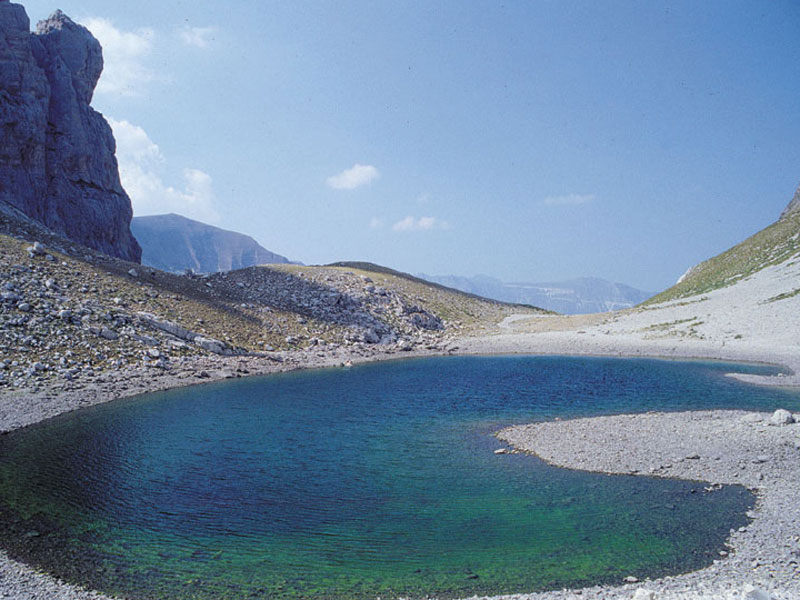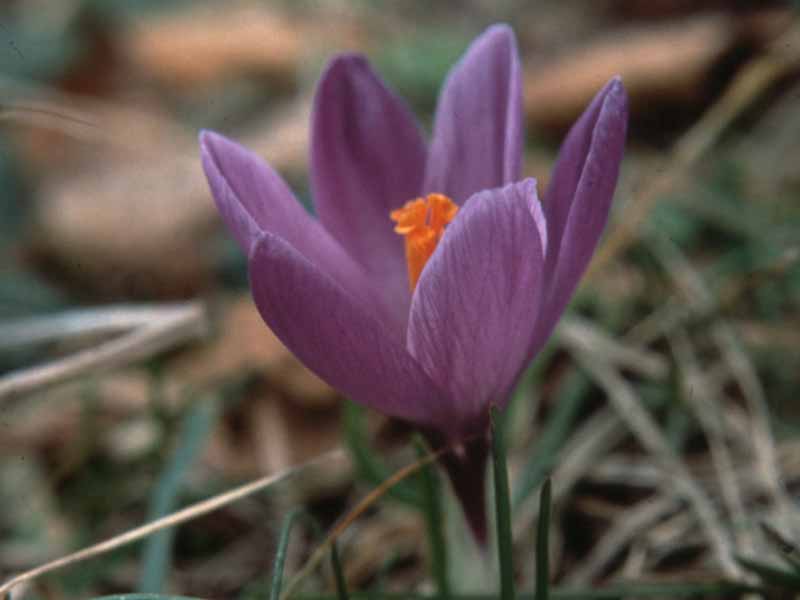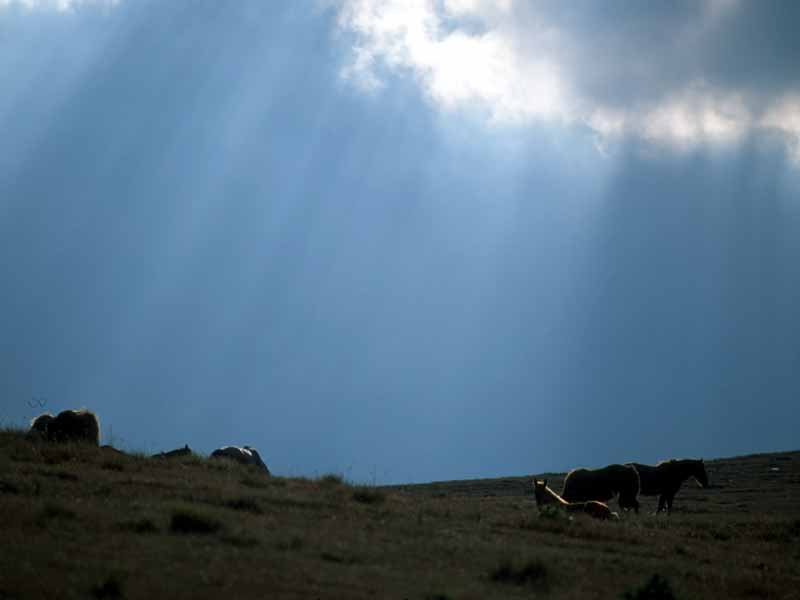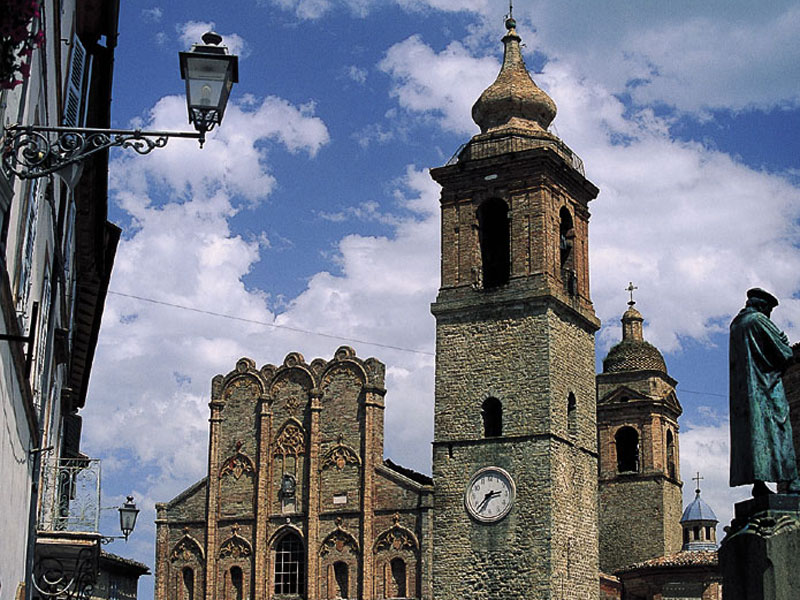Protected Area
Identity Card
- Monti Sibillini National Park:
- Land Surface Area: 71'437.00 ha
- Protected wildlife: 142 species (Italian text)
- Habitats: 15 types (Italian text)
- Regions: Marche, Umbria
- Provinces: Ascoli Piceno, Fermo, Macerata, Perugia
- Municipalities: Amandola, Arquata del Tronto, Bolognola, Castelsantangelo sul Nera, Cessapalombo, Fiastra, Montefortino, Montegallo, Montemonaco, Norcia, Pieve Torina, Preci, San Ginesio, Ussita, Valfornace, Valfornace, Visso
- Establishment Measures: L 67 11/03/1988 - L 305 28/8/89, DDMM 13/7/89 e 3/2/90, DPR 6/08/1993
- PA Official List: EUAP0002
- Park Authority: Ente Parco Nazionale dei Monti Sibillini
- Further managed Protected Areas:
- ZSC Colle Galluccio
- ZSC Faggete del S. Lorenzo
- ZSC Gola del Fiastrone
- ZSC Monte Bove
- ZSC Monte Porche - Palazzo Borghese - Monte Argentella
- ZSC Monte Vettore e Valle del lago di Pilato
- ZSC Pian Perduto
- ZSC Val di Fibbia - Valle dell'Acquasanta
- ZSC Valle dell'Ambro
- ZSC Valle dell'Infernaccio - Monte Sibilla
- ZSC e ZPS Monte Oialona - Colle Propezzano
- ZSC e ZPS Valle Rapegna e Monte Cardosa
- Zona Speciale di Conservazione e Zona di Protezione Speciale Monti Sibillini
Statute
Regulations
Establishment Rules
The Park Plan
Territory
Among the ten peaks above the 2,000m of altitude one can
distinguish Mt. Vettore (2,476m), Mt. Sibilla (2,175m), the peak of
the Redentore (2,448m), Mt. Priora (2,332m), and Mt. Argentella
(2,200m).
Descending from the main axis of the Apennine ridge, an
eastern slope characterized by narrow valleys oriented northwards (the
valleys of the Aso, of the Tenna, and of the Ambro), and a western
slope in which one can find three typical depressions of the high
altitudes: Piani di Castelluccio (Pian perduto, Pian grande, and
Pian piccolo).
From
the massif of the Sibillini spring the rivers Aso, Tenna, Ambro, and
Nera. In the Park there are also the artificial Lake of Fiastra, and,
under the peak of Mt. Vettore, the Lake of Pilato (1,940m).
Flora
There are 1,800 floral species in the Park, among which the Apenninic edelweiss, the yellow Alpine Pasque-flower, the moss campion, the martagon lily, the bearberry, and a number of orchids. Among the arboreal species there are the downy oak (Quercus pubescens), the hop hornbeam (Ostrya carpinifolia), the manna ash (Fraxinus ornus), the turkey oak (Quercus cerris), the hornbeam (Carpinus betulus), the chestnut tree (Castanea sativa), the holm oak (Quercus ilex), the beech (Fagus silvatica), and the sycamore maple (Acer pseudoplatanus).
Fauna
There are 50 species of mammals like the wolf, the porcupine, the wild
cat, the rare marten, the snow vole, and the roe deer which has been
recently reintroduced. The otter has extinguished.
There are 150
kinds of birds, such as the golden eagle, the peregrine, the eagle owl,
the goshawk, the sparrow hawk, the rock partridge, the wall creeper,
the snow finch, and the chough.
Over 20 kinds of reptiles and invertebrates can be found, such as the Orsini viper and Chirocephalus Marchesonii, a small crustacea living exclusively in the Lake of Pilato.
Churches and Museums...
The Park is rich in important architectonic ruins which must be admired together with their landscape: abbeys, monasteries, churches, towers, castles, fortresses, mills, and house towers.
Among the others: the Church of SS. Vincenzo and Anastasio (Amandola), the Sanctuary of the Madonna dell'Ambro (Montefortino), S. Maria in Casalicchio (Montemonaco), S. Maria in Pantano (Montegallo), the Monastery of Montesanto (S. Pellegrino of Norcia), S. Scolastica and Madonna delle Grazie (Norcia), S. Salvatore (Campi di Norcia), the Abbey of S. Eutizio (Preci), the Sanctuary of Macereto (Visso), S. Maria di Rio Sacro (Acquacanina), S. Maroto (Pievebovigliana), the Hermitage of the Grotta dei Frati (Cessapalombo), and the Sanctuary of San Liberato (S. Ginesio).











